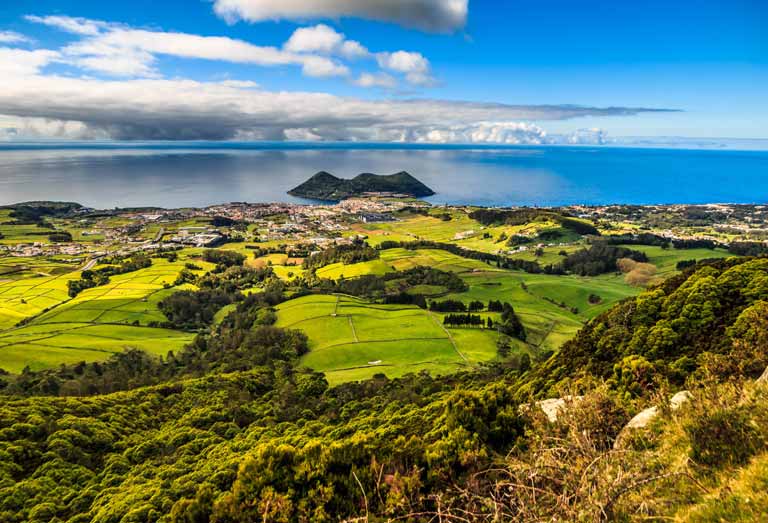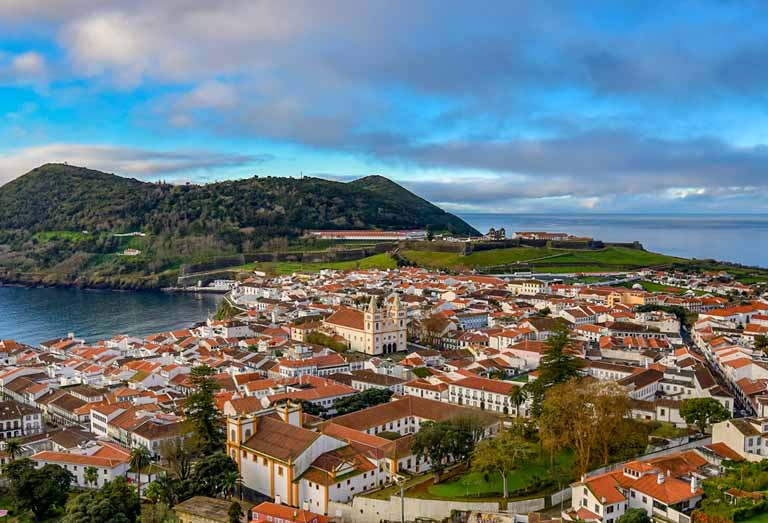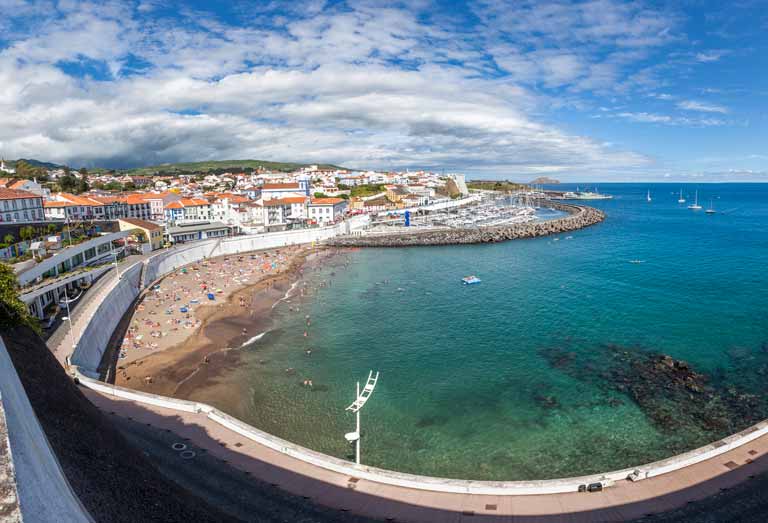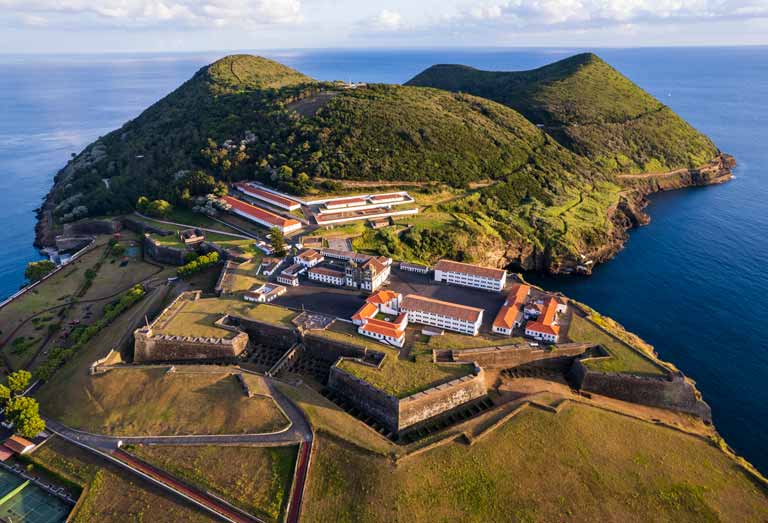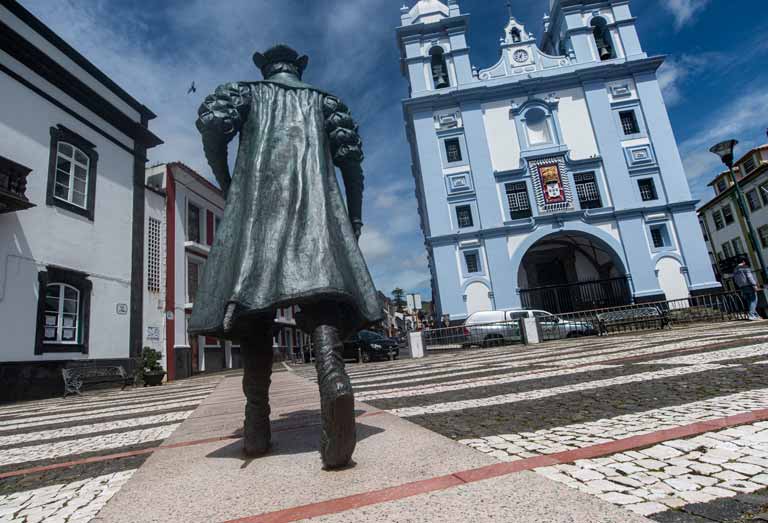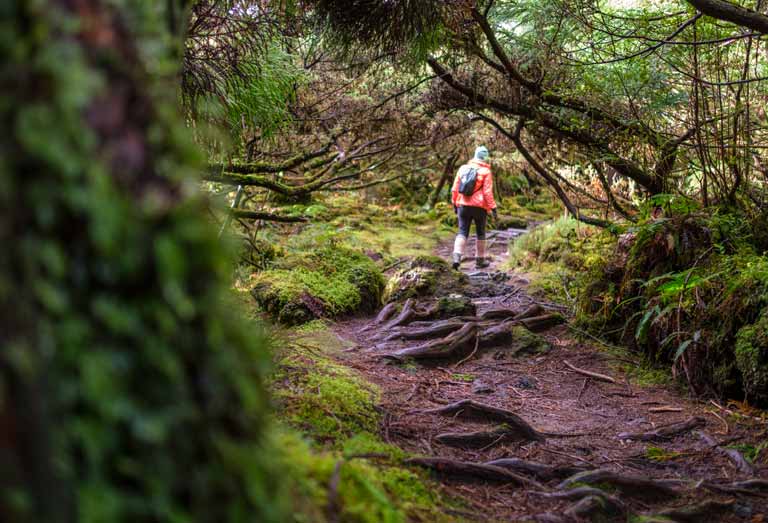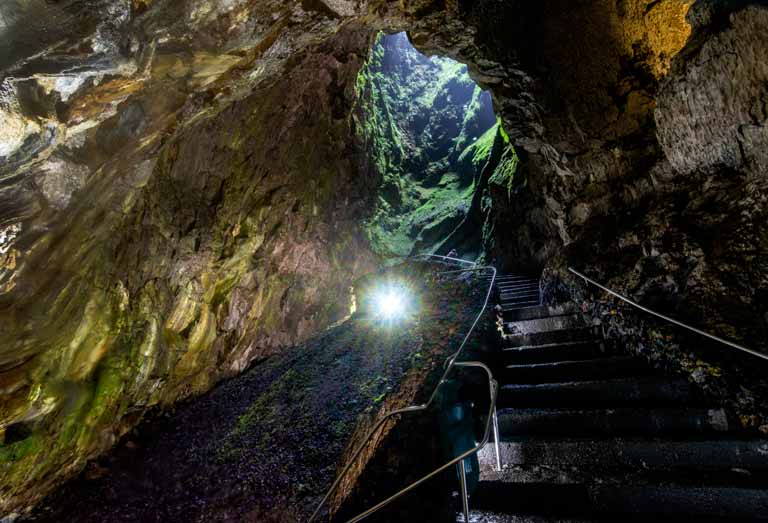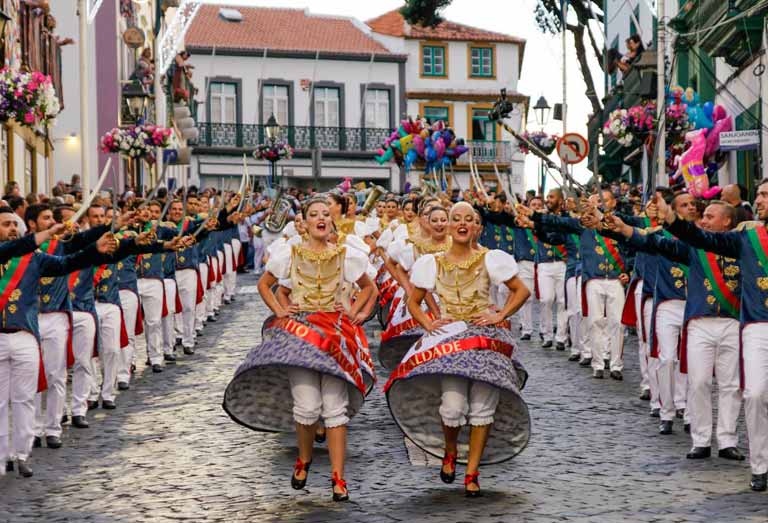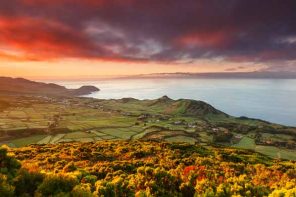UNESCO’S WORLD HERITAGE, VISITING IT IS LIKE WADING THROUGH THE PAGES OF HISTORY, IN A HOLIDAY THAT COMBINES A TIME TRAVEL WITH THE ADVENTURE OF EXPLORING THE AZOREAN NATURE.
On Terceira Island, Angra do Heroísmo is, in historical terms, the first European city of the Atlantic, designed and developed as a result of the opening of new geographical and cultural horizons by the Discoveries. It was the first Portuguese city to be honoured with the award of Unesco’s World Heritage, in 1983.
Associated to the Discoveries throughout the 15th and 16th centuries, Angra do Heroísmo is the example of the design of a city closely linked to its maritime function, having been an obligatory port of call of the fleets of Africa and the Indies. The existence of a wind regime in the North Atlantic, that forced the ships to the so-called “round of the islands”, soon raised the importance of the military and commercial strategic value of the Azores and mainly Angra do Heroísmo, its main port. For more than a century, there were anchored therein ships loaded with gold and silver from the Americas and with spices and treasuries from the East, the reason why Angra do Heroísmo was protected by its fortresses and by the roughly 40 forts that surrounded the coast of Terceira Island.
From the Monument of Remembrance or Monte Brasil viewpoint, the Historic City Centre of Angra do Heroísmo stretches out in a grid of streets, alleys, churches, palaces, manor houses, monuments, squares and gardens, that selfless generations knew how to preserve and to maintain until the present, even counteracting the forces of nature, and that UNESCO was able to recognise, integrating the Historic City Centre of Angra do Heroísmo in the list of World Heritage.
Besides its historical value, the city also faces an extremely rich nature, being located on the island with the largest area of native forest of the Azores. From its viewpoints, there are landscapes that will remain in our memory.
This nature is reachable through an adventure, on a pedestrian walk or in a boat tour to visit the coast and its islets. There are several activities to explore in safety and even in family, and that turn out to be an amusing way of exploring the Azores.
In Angra do Heroísmo there are also two of the best-known Azores’ volcanic caves, Gruta do Natal and Algar do Carvão, being the last one a volcanic chimney, with 90 metres of depth, facing a scenario of an amazing beauty.
The island gastronomy is also well known, with a highlight for the fish and the seafood that live in the Azorean coast, the tender meat that comprises the typical recipes such as the Alcatra (sirloin), the cheese of traditional origin, or the confectionery, that besides mouth-watering, remounts to the monarchy visits to the island, which also brings the history to the table.
The city and its people are known for their hospitality and their good mood. The people from Angra are famous for their joy, due to the number of festivities that take place in the island all year round. The traditional Carnival (a huge stage of popular theatre), the Holy Ghost Festival, the Sanjoaninas, considered as the greatest profane feasts of the region, or the several popular feasts that run across the island during summertime, joining traditions with nightlife, turn the city into an entertainment centre.
Visiting Angra do Heroísmo is “getting to know” more than a city, since it is a meeting point of European, American, and Asian influences in a particular historical time. It is rather a unique example of this fusion of cultures and rightfully a World Heritage Site. But it is also exploring the pure Azorean nature, and diving into a sea of adventures, history, and good mood. Or mixing security, culture, heritage, and family joy in this capital in the heart of the Atlantic

